Cars in the 60s - UK
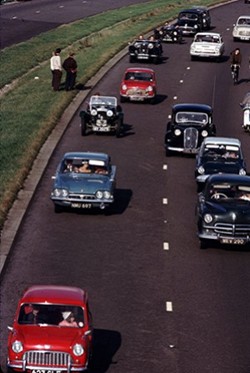
The 1960s was boom time for the UK car industry, as more people than ever bought new cars or bought a car for the first time.
In 1961 31% of households had access to a car or van. By 1971 the figure was 52%.
The number of cars on Britain's roads doubled. In 1960 there were just under five million private cars registered. By the end of the decade there were just under ten million.
The record year for new car production in the UK in the 1960s was 1963 when 1,867,640 new cars were delivered.
What were the main car makers in the UK?
There were many more car makers in the UK in the 1960s than today.
At the beginning of the 1960s the main car producers in the UK were BMC, Ford, Vauxhall and Rootes.
There were some independent companies as well. Rover, Triumph and Jaguar sold cars with reasonable volume. They made luxury saloons, sports saloons and/or sports cars.
BMC was an amalgamation of the UK's two volume brands, Austin and Morris. They combined with the luxury and sporting marques, MG, Riley and Wolseley. In 1965 BMC cars took 44% of the UK car market.
Rootes combined Hillman, Singer, Sunbeam and Humber.
Ford was owned by Ford of America and Vauxhall was part of the General Motors Group.
By the end of the 1960s further mergers reduced the number of manufacturers to just Ford, British Leyland (formed when Leyland merged with BMC), Vauxhall and Chrysler (which bought Rootes). Jaguar, Rover and Triumph were all part of British Leyland too.
Foreign imports were a small part of the UK market. In 1965 they made up 5% of UK car sales. But by the end of the decade 10% of cars sold in the UK came from abroad. Two of the best-selling foreign cars in the UK were the Renault Dauphine and the VW Beetle.
How did the style of cars change in the 1960s?
At the beginning of the 1960s styling trends developed in the second half of the 1950s prevailed. The predominant influence was American automotive style. Cars had plenty of chrome. They had tail fins, wrap-round windscreens and rear screens. Occasionally designers went for reverse rake rear screens, such as on the Ford Anglia.
Inside the cars continued the chrome look. There was plenty of painted metal and a juke box look to the controls.
There were some notable exceptions to this. Alec Issignonis's Mini from 1959 was designed in a functional way with no obvious extra decoration. The Jaguar Mk 2 from 1959 had a streamlined shape designed for performance. Neither followed the prevailing fashion.
In the first half of the 1960s these styling features were gradually toned down. New models were cleaner looking with fewer styling touches. The Vauxhall Victor FB from 1962 was a good example of this.
In the second half of the decade the look was minimalist. Cars had straight lines rather than curves. There was less chrome trim. It was all about looking neat and modern. Car styles had changed from Teddy Boy to Mod.
By the end of the 60s some touches of the next decade were creeping in. Black replaced chrome in the grills of some cars. The black vinyl roof was an option on the top of the range models.
What were the best-selling cars of the 1960s in the UK?
I don't have figures for the top ten for the whole decade. The top ten best-selling cars for the last five years of the 1960s in the UK were:
- 1. BMC 1100/1300
- 2. Ford Cortina
- 3. BMC Mini
- 4. Vauxhall Viva
- 5. Ford Anglia and Ford Escort
- 6. Hillman Hunter
- 7. Vauxhall Victor
- 8. Hillman Imp
- 9. BMC Farina
- 10. Ford Corsair
The two best-selling cars of whole decade were the Ford Cortina and the BMC 1100/1300. Both were introduced in 1962.
Read more:
What type of car did people buy in the 1960s?
Like today there were various different types of car sold in the 1960s. They ranged from the very basic cheap small cars such as the Mini, up to exotic luxury and sports cars. But cars that most people bought were from the following categories:
Mini sized cars
When BMC launched the Mini in 1959 they created a new market for cars smaller than the traditional small car, like the Morris Minor. The Mini was on its own in this market until the Hillman Imp was launched in 1963.
These cars cost around £500
Small cars
If you wanted something a bit bigger than a Mini, there were several small cars with engines up to 1200cc. These could seat four people in reasonable comfort with luggage. In this category the main contenders were the Morris Minor, Austin A40, Ford Anglia and Vauxhall Viva.
These cars cost from £500 to £600
Basic family cars
In 1962 Ford and BMC started a new market for cheap, but competent family transport. These cars could just about squeeze in five people. They were bigger than the small cars, but a bit smaller than an average family car. Read more Ford Cortina v BMC 1100
Medium-sized family cars
In this category were slighty more upmarket and better finished cars with larger engines. They were typically 1500-1700cc. Ford bridged the two classes with the Cortina which had a 1500cc engine option.
Manufacturers also made sporty and more upmarket versions of these family saloons. For a bit more money you could have leather seats, walnut dashboards and twin carburettors.
These cars cost from £700 to £900
Read more: Family saloons
Big cars
The next class of car was the larger saloons with a two to three litre engine. They offered more space and performance than the family saloons. Prices were from £900 to £1200.
This type of car was the Ford Zephyr, Vauxhall Cresta or Austin Westminster.
Read more: large saloons
What changed on Britain's roads in the 1960s?
Motorways
The big event in motoring in the sixties was motorways. The first stretch of motorway in Britain was not the M1, but the Preston Bypass, now part of the M6, which was opened in 1958. It was in fact closed only a few weeks later when frost broke up the surface! The first stretch of the M1 was built between March 1958 and November 1959 at a cost of £18,000,000. Fittingly, as the fifties ended and the sixties began, a new age in motoring dawned.
The impact of motorways on driving is difficult to appreciate in today's congested times - but it halved journey times. It ushered in a new era of fast and powerful cars. The Jaguar MkII was actually launched in 1959, in time for the M1. A new type of fast touring car - the GT - was being built to cope with the new conditions. It is no coincidence that MG illustrated the brochure for the new MGB GT with a picture of the car on a motorway - a beautifully clear motorway at that! Launched in 1965, the MGB GT was a closed-in version of the MGB, which was first seen in 1962. BMC had taken three years to produce the GT, leaving motorists less than two years to appreciate its top speed of in excess of 105mph before speed limits were introduced on motorways.
My own memories of motorways as a child are on my way to the seaside. They were fast, generally empty roads. Spotting the derelict houses that were dotted along the route provided a break from the boredom. Motorways were built in the era prior to "public enquiries" and concern for the environment did not exist. My parents were simply happy to wave goodbye to the traffic jams of the past.
MOT test
The MOT test was introduced on 12 September 1960. It was originally called the 'ten year test' because it only applied to vehicles over ten years old. The test was extended to include cars over three years old in 1967.
Speed limits
There was a 30mph speed limit in built-up areas. This was introduced in 1935.
On 1 January 1967 the UK Government introduced a new maximum speed on all other roads of 70mph. This was in response to a large number of fatal accidents on the new motorways.
Petrol
The first self-service petrol station in the UK opened at Southwark Bridge in London in November 1961.[1]
Breathalyser
The breathalyser was introduced in October 1967.
Seatbelts
There was no requirement to wear a seatbelt in the 1960s. Front seatbelts had to be fitted to new cars from 1 April 1967.
Traffic jams
Traffic jams were well-known to Britain's motorists especially on holiday routes in the summer. See Roads to the coast.
The longest traffic jam recorded in the 1960s and a record for the time, was between Torquay and Yarcombe on 25 July 1964. It measured 35 miles.[2]
The record today is 36 miles recorded on the M5 in Somerset on 4 August 2017.
References
[1] 'The Guinness Book of car facts and feats' by Anthony Harding, published by Guinness Superlatives Limited, 1971, page 212
[2] 'The Guinness Book of car facts and feats' by Anthony Harding, published by Guinness Superlatives Limited, 1971, page 216
Read more
- The best-selling cars of the 1960s in the UK
- How much did cars cost in the 1960s?
- Sports cars in the 1960s
- Austin cars from the 1960s
- MG cars from the 1960s
- Ford cars from the 1960s
- Vauxhall cars in the 1960s
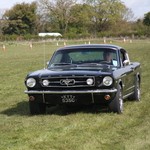
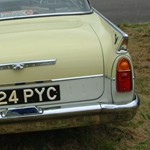
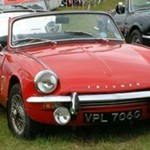
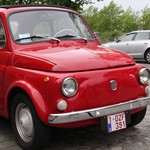
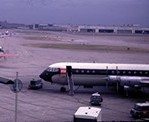
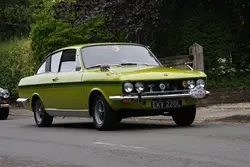
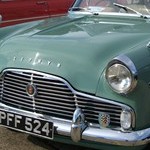
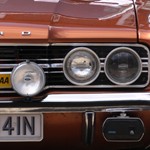
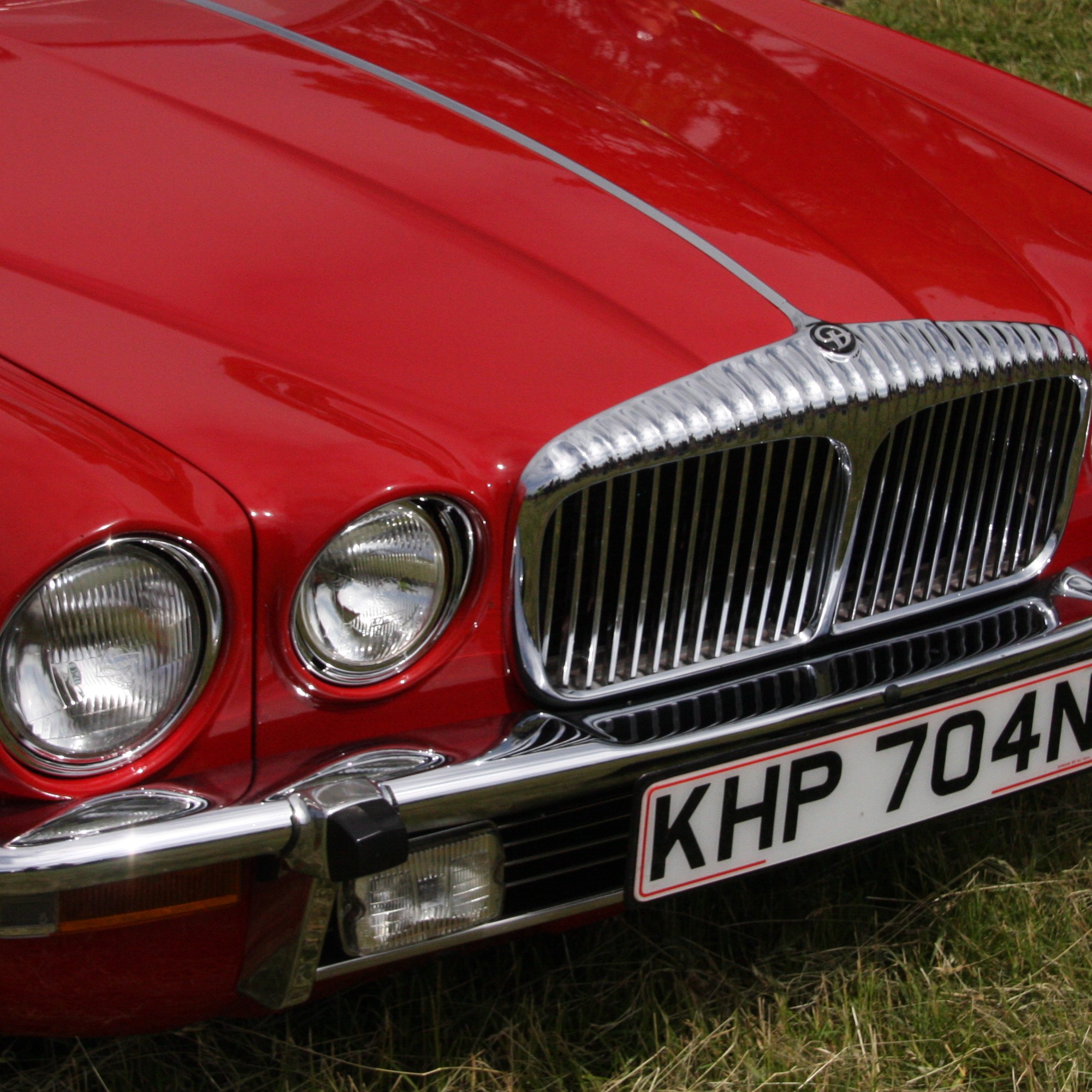
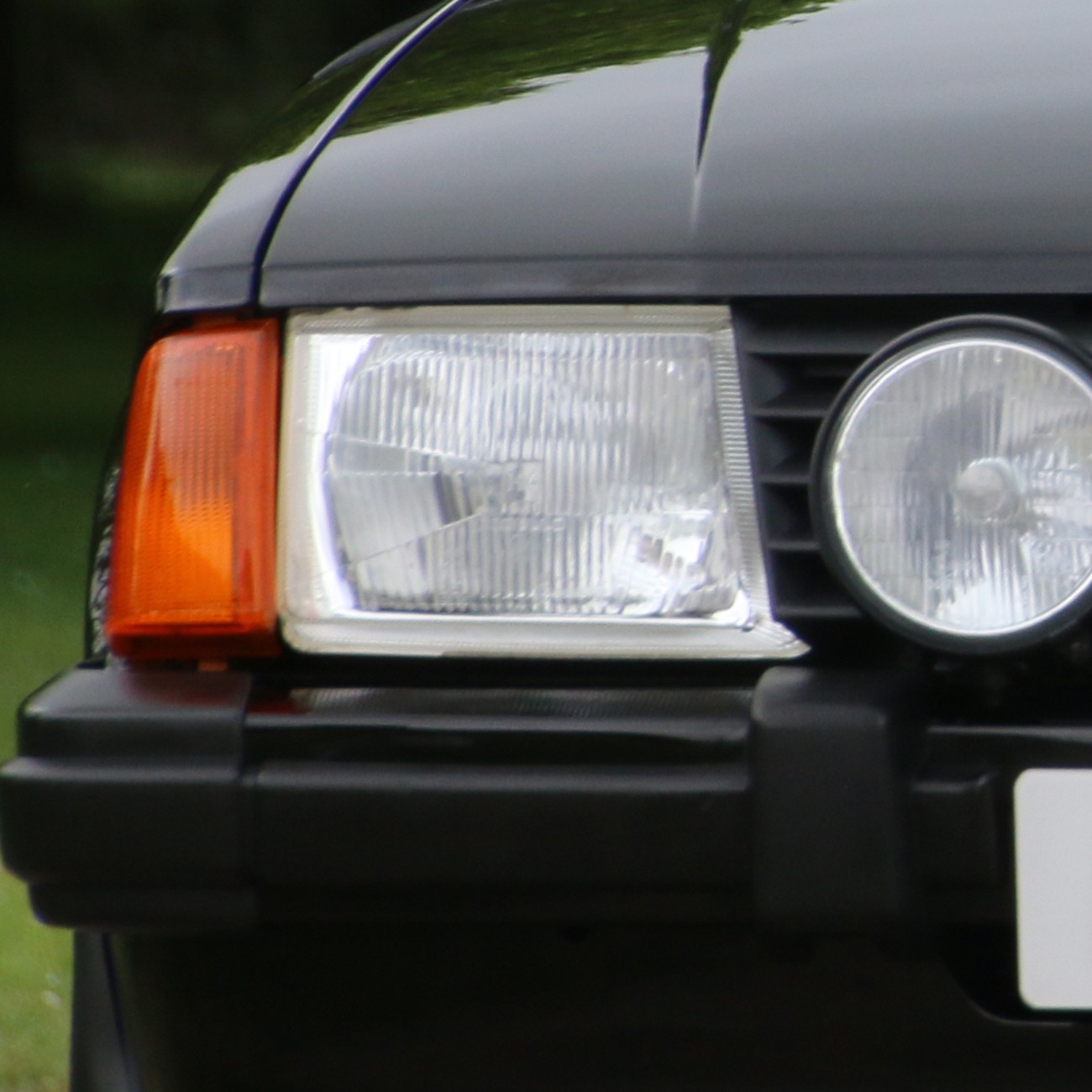
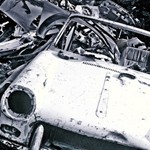
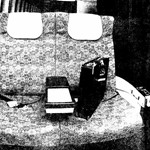

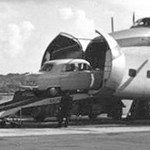


Comments